What is a gallbladder and why do we need it?
So, what does a gallbladder do? It is a small, pear-shaped organ located below the liver in the right upper abdomen. Gallbladder is a digestive organ, which serves as storage for bile. Bile is a substance that helps you break down foods and digest fat. The so-called bile duct connects the gallbladder and liver. When you eat, the gallbladder releases part of the bile into the duodenum. The duodenum is the beginning of the small intestine and then begins the digestion of fat.
This gives you the answer to the question of why we need a gallbladder. However, it should be noted that the gallbladder is not a vital organ. A person can live completely normally without it. Therefore, in case of infections, inflammation, gallstones, polyp and some other problems, the gallbladder is removed. After removing the gallbladder, remember that greasy and high-fibre foods become harder to digest.
Why do we have to perform gallbladder surgery?
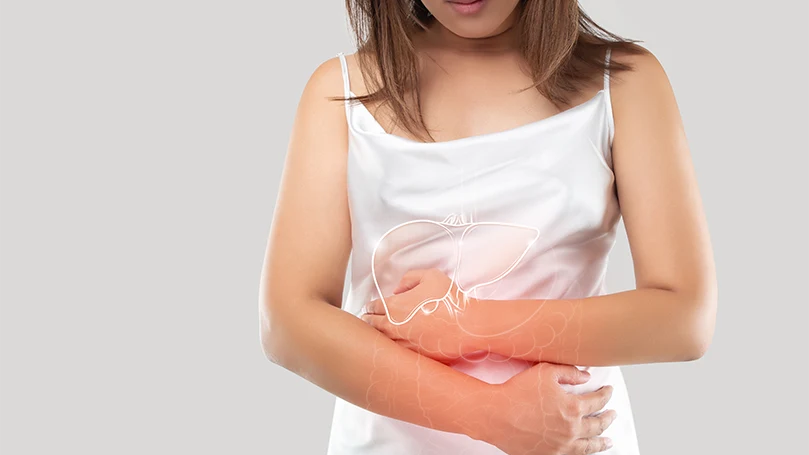
We have to perform this surgery when very serious symptoms appear that will not go away with the help of some other type of treatment. One of the most common symptoms is extremely severe abdominal pain that occurs as a result of gallstones. Gallstones are stones, of various sizes, mostly small, that form in the gallbladder. They are formed in the gallbladder due to an imbalance of the substances which can be found there.
A lot of people have gallstones without even knowing it, because they often don’t give any symptoms. But they can stop the flow of bile and cause acute problems. The main symptom is pain and yellowing of the skin, but also diarrhea and many other symptoms. What is especially dangerous is that it can lead to acute pancreatitis. That is an inflammation of the pancreas and it is an emergency because it can even be fatal.
Therefore, the symptoms should not be ignored. If you have severe abdominal pain, you feel sick, and you also notice yellowing of the skin, you should see a doctor immediately. And it is very likely that your gallbladder will be removed. There is also drug therapy, but it is very rarely effective. In most cases, surgery must be performed.
When do we perform gallbladder surgery?
Many surgeons tend to start the removal surgery at the first sign of any gallbladder problems. They do this because the gallbladder is not a vital organ, and they know how dangerous acute pancreatitis is.
In case you have digestive problems, sharp abdominal pain, fever, jaundice and skin yellowing, you should know that you will almost certainly undergo surgery so that the problems stop as soon as possible and so that the situation does not get worse. It all means that the situation will not improve on its own and that they have to act to save you. Sharp pain in the abdomen can also be a sign of many other conditions, such as appendicitis.
Digestive problems
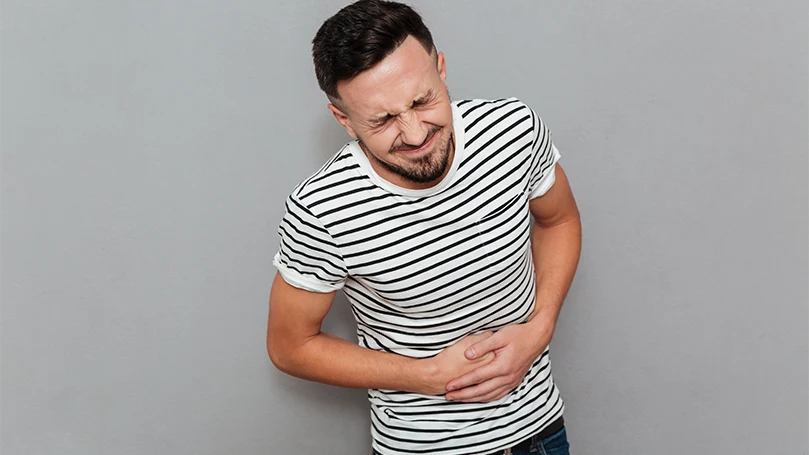
It is not uncommon for any man to have digestive problems. Bloating, nausea and vomiting can occur as a result of many things. Mostly it's something harmless like spoiled food and the like, but it can also point us to a gallbladder problem. If digestive problems last longer than a few hours, especially if it involves more than 5 vomiting, consult a doctor.
Sharp pain in the abdomen
Sharp pain in the abdomen can be the result of bloating, but it can also be a warning sign that something is happening. If that sharp pain doesn’t stop after a few hours or even gets worse, it’s time to visit the ER. Try to locate the pain and conclude whether it is an appendix, a gallbladder or something else. Anyway, you should not take any risks.
Frequent fevers
So-called frequent or recurrent fevers can be caused by viruses, bacteria, parasites or gallbladder problems. If fever is the only symptom, it is probably a virus rather than a gallbladder problem. With gallbladder problems, fever is usually just one of the symptoms along with stomach pain, digestive problems and so on. So pay attention to the duration of the fiver.
Jaundice and skin yellowing
Jaundice is a yellowing of the skin and the whites of the eyes. This occurs as a result of our body for some reason not processing bilirubin in the right way. Liver disease can be a cause, but also a problem with the gallbladder. Jaundice and skin yellowing are very serious symptoms and you should see a doctor as soon as possible. That's because even if it is not a gallbladder, you definitely have some other health problem. Jaundice and skin yellowing do not occur in healthy people.
How is gallbladder surgery performed?
As we have already said, cholecystectomy is the medical name for gallbladder removal. It is an operation that can be performed by a general surgeon, it is not necessary for a gastrointestinal surgeon to do it. Nowadays, cholecystectomy is most often performed laparoscopically. Laparoscopic gallbladder removal is done through several very small incisions. The surgeon makes these incisions on the abdomen and then inserts the surgical instruments through each of these incisions.
This includes primarily a laparoscope, which is a camera and light so the surgeon can see everything on the monitor. He then removes your gallbladder and closes the incisions with just a few stitches. This is a popular method because recovery is quicker and easier compared to open gallbladder removal.
Open gallbladder removal requires a single incision, but very large, especially compared to laparoscopic gallbladder removal. In the case of open gallbladder removal, the surgeon will make a large incision over your entire abdomen. This means that he will cut many layers of muscle and tissue until he reaches the gallbladder and removes it. It is a much more invasive procedure, which requires a longer recovery, and also leaves a large scar.
Therefore, open gallbladder removal is rarely used nowadays. It's used only when certain complications have occurred and the surgeon must have direct insight into the entire abdomen.
How long does it take to recover fully from a gallbladder surgery?

The duration of the recovery varies greatly depending on whether you have undergone open gallbladder removal or laparoscopic gallbladder removal. In case your surgeon opts for open gallbladder surgery, be prepared for a long recovery. The stay in the hospital will be at least 3 days, and it is not uncommon for the patient to stay in the hospital for a whole week after this surgery. After that, it will take two to three months for everything to heal and for you to be able to return to normal activities. You also need to be careful not to lift anything heavy for up to 6 months after surgery.
Laparoscopic procedures have a short recovery time, because you will probably only be in the hospital for one night, or you may even go home after a few hours if everything went well. Full recovery is expected in a maximum of a month, often shorter.
Why do I still have pain after gallbladder removal?
Experiencing an abdomen pain after the gallbladder removal is not unusual and the primary reason for this pain is the leak of the bile fluid into the tummy. After the surgical procedure is performed, the gallbladder is removed and the tube that is connecting the gallbladder to the main bile duct is connected via special clips.
However, the bile fluid will probably leak out in the tummy at some point in time, which will cause abdominal pain. This is a normal part of the gallbladder removal surgery process but you should have it in mind when you ask yourself how to sleep after gallbladder surgery as this can disrupt your usual sleeping patterns due to the appearance of sudden abdominal pain.
How do I recover and how to sleep after gallbladder surgery?
Sleep is generally very important for the health of every person, and the importance of sleep is even greater after some surgery. But as you know, even some small injury or discomfort can make it impossible for us to fall asleep, especially when it’s something as big as surgery, even though it’s as non-invasive as gallbladder removal.
Stomach sleepers will face the biggest problem because that sleeping position will be forbidden for at least some time. Side sleeping is not a significantly better position, so it is recommended to sleep on your back. As this is a position for many in which they cannot fall asleep, there may be a problem with sleeping after surgery. If you are a back sleeper, then you are lucky and will have no trouble sleeping after gallbladder removal which will be great for your recovery.
Forget stomach or side sleeping
It is logical that you should not sleep on your stomach after surgery until everything is completely healed. We’re sure you wouldn’t even be comfortable sleeping like that when you have fresh wounds. Side sleeping is also not recommended, but if you can't sleep on your back, then sleep on your left side, and never on your right until recovery is over.
Take the medications regularly
It is very likely that you will feel pain to some extent, especially in the first few days after surgery. So don't forget to take painkillers regularly to prevent the pain from being very strong and not letting you fall asleep. Also, you will probably get antibiotics from your doctor as a preventative, so don't forget to take them regularly, as prescribed.
Get a memory foam pillow
You need a pillow that provides support, and the best orthopaedic pillows are those made of memory foam. Since you need to sleep on your back, the memory foam pillow will elevate the head and give support to the neck and spine, which will provide you with a comfortable position and then you will fall asleep easier.
Use weighted blankets
Weighted blankets have shown to be a great addition to the post-recovery process. Due to both mental and physical advantages you get. To ensure yourself a 100% allergen-free sleep environment, besides the hypoallergenic mattresses and pillows, we suggest you use hypoallergenic weighted blankets. Hypoallergenic blankets will reduce the possibility of triggering allergy problems whereas anti-allergy ones will eliminate this problem entirely.
Since finding 100% anti-allergy products is not easy and is highly expensive, we suggest you check our Aeyla Chill Eucalyptus weighted blanket review to learn more about it. This blanket is not that expensive but comes with an eco-friendly and sustainable production process, a hypoallergenic cover made of eucalyptus as well as a DPTS feature. This way, you will reduce your stress hormone, reduce anxiety and insomnia, while enjoying the cooling and cosy feeling of a blanket.
Relax yourself with essentials oils or white noise machines

Every surgery is a great emotional as well as physical stress. And you will definitely need some time to get through that period. To make this period as easy as possible, you need to find ways to relax. We recommend essentials oils and white noise machines as a great way to relax and get ready for bed. You can of course implement something else that relaxes you.
Start walking a bit each day
While the focus should be on resting which will speed up recovery, there is no reason to be bedridden. Especially after laparoscopic gallbladder removal. After open surgery, you will have to be in bed longer. But in the case of laparoscopic gallbladder removal start walking a bit each day just a couple of days after surgery.
Avoid any lifting
Your abdominal muscles were damaged during surgery, especially if there has been one major incision and you are not allowed to lift anything heavy. Try not to lift anything for as long as possible in order for the muscles to heal completely and regain their previous functions completely. If you want to get a piece of everyday life and exercise in the post-surgery period, you can start with gentle exercises that don't involve a lot of movement. The last thing you want to do is to add unnecessary pressure to your surgical wounds and make things worse.
Eat smaller meals & avoid spicy food
Once you have your gallbladder removed, your stomach will be very sensitive, because the day before and after the operation you will not be allowed to eat anything. So when you start eating again, eat only small meals to avoid bloating and other digestive problems. Spicy foods in particular should be avoided in the first month after surgery, and fatty foods should be avoided permanently now that you no longer have a gallbladder. Eat healthy and stick to the breathing exercises that you should do in the morning and in the evening to try to achieve a night of better sleep.
Wash your incision/cut and cover it with a gauze/bandage
For the first 24 hours after laparoscopic gallbladder removal, the wound should not be wet, and then it is important to wash the incision site regularly with warm and soapy water and then dry it. It is essential to prevent infection. Then you should put gauze over the incision, but only when the place is completely dry. You can use herbal teas to gently wash the wound.
Taking pain-relieving medications
After the gallbladder is surgically removed, you will get the proper medication that you need to take after the gallbladder surgery. Pain-relieving medications will make your gallbladder surgery much easier to cope with as you will ease up your post-surgical-operation pains. The gallbladder surgery recovery should not be started without prescribed pain-relieving medications so consult with your doctor about the pain after gallbladder removal in advance so you could have medications near to take and ease up your pain.
Conclusion
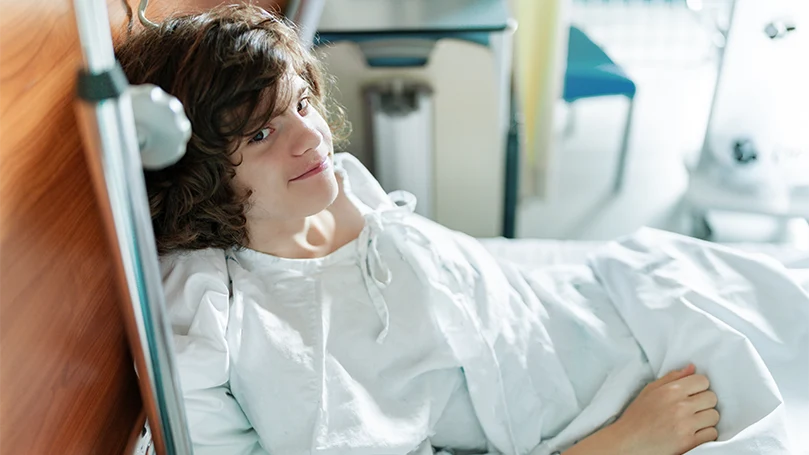
If you notice that you cannot fall asleep, use soothing teas, essential oils as well as white noise machines. Ultimately, get enough support for your body, get blackout curtains to make your room completely dark and just try to sleep.
Also, drink plenty of water It is also important to prepare well for surgery, because the better prepared you are, the easier the recovery period will be. We hope we have answered all your questions about gallbladder removal and that we have been able to reduce the stress you are currently exposed to. This is a routine surgery and there is no reason to worry, everything will be fine, it is only important to contact the doctor at the first appearance of symptoms.
Hopefully, this article helped you learn more about how to sleep after gallbladder surgery!

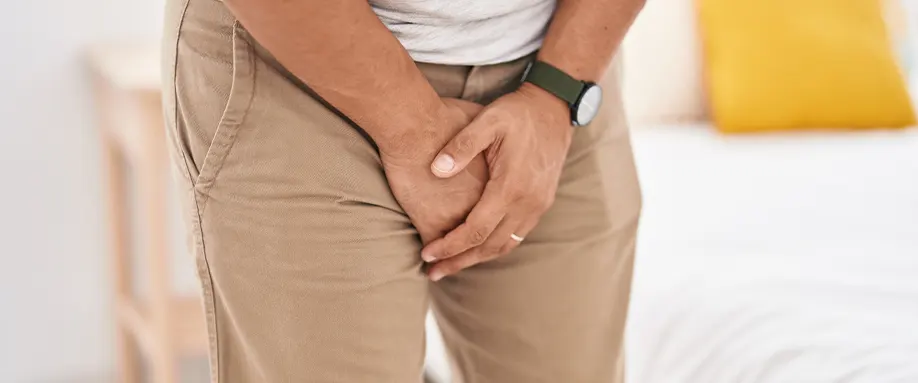






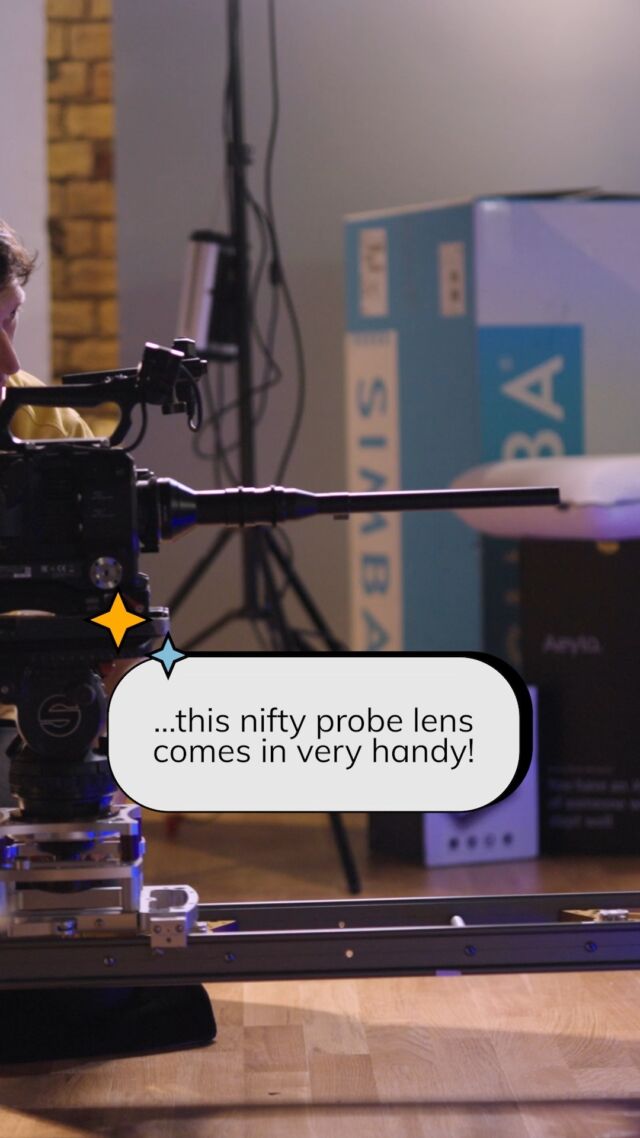






There are no comments yet
"*" indicates required fields